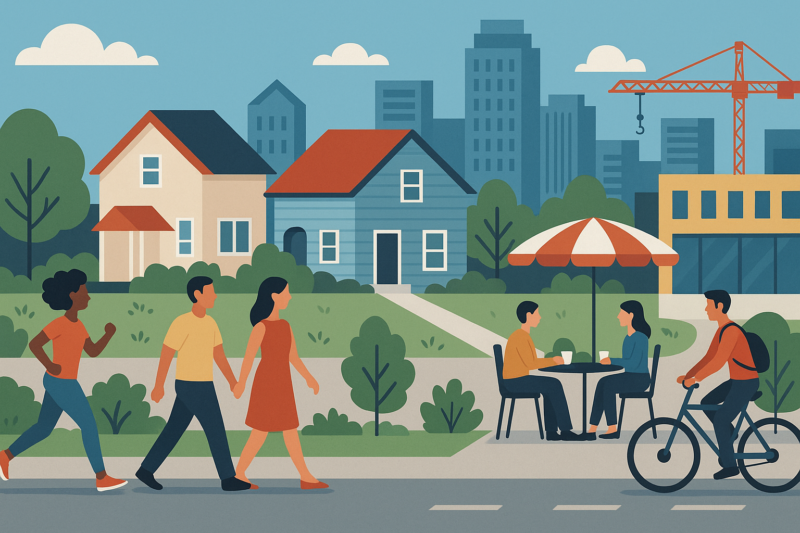
Secret takeaways
Middle-ring suburbs are developing because of state-led rezoning, medium/high-density housing, and the rise of 20 -minute neighbourhoods.
These adjustments intend to reduce urban sprawl, boost housing supply, and make better use of existing infrastructure.
Whether you own a home, hold homes, or are considering advancement sites, Australia’s middle-ring makeover is creating new benefit.
As opposed to seeing metropolitan change as a danger, it’s a once-in-a-generation opportunity.
Australia’s middle-ring suburbs are undergoing a considerable improvement, driven by a combination of state-led rezoning efforts, the intro of medium- and high-density advancements, and a strategic change towards producing” 20 -min neighbourhoods.”
This advancement offers both chances and challenges for existing house owners and capitalists.

Welcoming the ‘missing center’ in city planning
The term “missing middle” describes the lack of medium-density housing alternatives, such as condominiums, duplexes, and low-rise apartment or condos, that bridge the void in between single-family homes and high-rise towers.
Historically, Australia’s real estate landscape has been qualified by either low-density outer suburban sprawl or massive home obstructs in city cores, leading to a stark divide in real estate accessibility and affordability.
To correct this imbalance, numerous state federal governments – particularly in New South Wales Victoria, and the ACT – are introducing planning reforms that urge medium-density infill real estate in well established suburbs designed to unlock underutilised land near existing framework, develop more housing choice, and minimize urban sprawl.
Nevertheless, not everybody gets on board.
Regional councils, under pressure from singing components that do not want their area character to alter, are typically pushing back versus these propositions.
These constituents – commonly labelled NIMBYs (Not In My Backyard) – anxiety raised web traffic, car park shortages, loss of privacy, and modifications to the “leafy” personality of their streets.
In turn, councils are implementing height constraints, layout overlays, and delaying rezoning approvals in an effort to calm existing locals.
This tension in between state government goals and regional council resistance continues to decrease the rollout of much-needed real estate diversity across our middle-ring residential areas.
Nonetheless, the promote the missing out on middle is obtaining traction, as the requirement for even more housing and far better land use intensifies, specifically in residential areas well offered by transportation and features.
The rise of 20 -min areas
The idea of the 20 -minute area is main to modern urban preparation strategies, specifically in Melbourne’s “Strategy Melbourne 2017 – 2050”
The concept is to create communities where homeowners can access most of their daily requirements, such as stores, schools, parks, and public transport, within a 20 -min stroll or cycle from their homes.
This method promotes neighborhood living, reduces dependence on automobiles, and cultivates healthier, much more linked areas.
Pilot programs in suburbs like Strathmore, Croydon South, and Sunshine West have shown the possibility of this model to boost liveability and sustainability.
Ramifications for homeowner
1 Raised Land Worth Through Rezoning
Feature situated near transport centers or buying strips that are rezoned for greater density will experience significant worth gratitude.
Designers typically seek to integrate such websites for bigger projects, using premiums to existing proprietors.
2 Boosted Local Features and Gentrification **